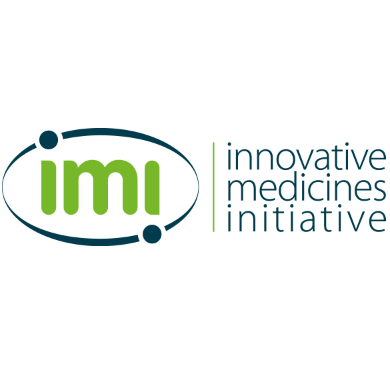
Non-invasive clinical molecular imaging of immune cells - IMI2-2018-14-02
Deadline: Dec 11, 2018
CALL EXPIRED
CALL EXPIRED
Health Care
Medical equipment
E-Health
Medical Biotechnology
Biology
Mental health
Clinical trials
1st Deadline: 14 June 2018 17:00:00
2nd stage Deadline: 11 December 2018 17:00:00
Specific Challenge:
For full details of the topic, please refer to the call text
Current pharmacodynamic (PD) assessments of immune cells are based on peripheral blood biomarkers, or from biopsy samples which are acquired by invasive procedures. Some existing medical imaging modalities provide a quantifiable, non-invasive, repeatable and localised measure of biological processes in the living body. However, current methodology and technology provides limited information on time-dependent and disease-specific relevant immune cell subpopulations and compartments types, or measures of direct engagement of immune targets.
Imaging tracers designed to bind specific immune cells (‘immunotracers’) or targets within immune-mediated pathways would enable the clinical imaging of the target immune cell subtypes and immune markers of disease in a clinical setting, which in turn would provide in vivo insights into effects of immunomodulatory therapies at disease sites (organs/tissues) and improve knowledge about the pathophysiology of various immune-mediated diseases.
Molecular imaging agents, (hybrid) imaging modalities, and image processing algorithms to image immune cells in vivo are advancing within the imaging field and can provide an immediate, non-invasive read-out of target expression over time. However, further novel imaging agents and technologies will need to be developed in order to extend the applicability of immune cell imaging to additional disease areas, additional tissue sites, and/or immune cell subpopulations especially by increasing the specificity of imaging agents. Therefore, there remains a need to better understand the currently available markers and validate them extensively for clinical use.
Scope:
For full details of the topic, please refer to the call text
This topic aims to establish a consortium that can develop and validate a quantitative, non-invasive, immune cell imaging platform, which includes novel and target-specific molecular imaging agents, (hybrid) imaging modalities, and image processing algorithms. The topic aligns with the IMI2 Strategic Research Agenda, as it aims to validate immune cell targets based on human biology and to facilitate precision medicine by identification and stratification of patients and prediction of therapeutic outcomes. In addition, it is expected that these agents will facilitate early diagnosis of the disease and/or classification of disease based on the immune phenotype.
Expected Impact:
For full details of the topic, please refer to the call text.
Molecular imaging of immune cells could provide an early indicator of whether patients are likely to benefit from a given (immuno-) therapeutic intervention (surrogate of response). The technology to be delivered is expected to have the potential to also provide information for tissue/organ sites that are not biopsy-accessible, thus representing a significant advance in the assessment of the immune marker status for the relevant indications. Patients can be stratified by marker expression, with the potential to offer the most appropriate treatment and thereby reduce the implementation of treatment regimens that are unlikely to be efficacious and would therefore have a negative benefit-risk profile for the individual patient (personalised
By visualising and quantifying the impact of therapy on specific target sites and related immune-mediated pathways, the planned technology is also expected to reduce ambiguity in the evaluation of efficacy during clinical trials (e.g. provide early indications of patient responses, assessment of variability between and within individuals, facilitate proof of mechanism (POM) and proof of concept (POC) studies of new mechanisms). Spatio-temporal complexity can be studied due to longitudinal imaging capabilities.
Furthermore, it will have significant impact on personalised approaches to detect and better monitor these diseases already in the early and better treatable stages. It will support and guide physicians and patients in determining the most appropriate care, leading to improved efficiency in the health care system and patient benefits. It is envisioned that the topic will ultimately result in the regulatory acceptance of standardised protocols with validated immune-imaging approaches. Consequently, those approaches will significantly reduce the time and cost of clinical trials.
Small and medium-sized enterprises (SMEs) can be of great benefit to IMI2 JU projects. Their involvement in the action might offer a complementary perspective to industry and academia, and help deliver the long-term impact of the project.
Public link: Only for registered users
 Innovative Medicines Initiative (IMI)
Innovative Medicines Initiative (IMI)


Please Log In to See This Section